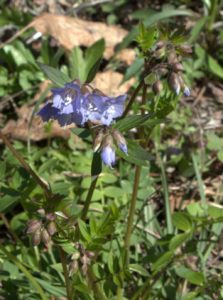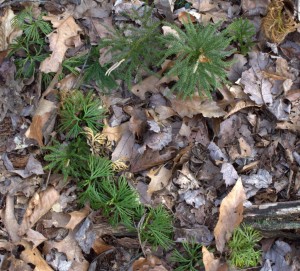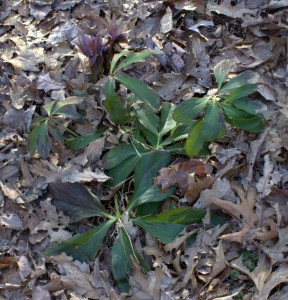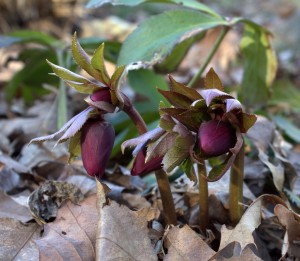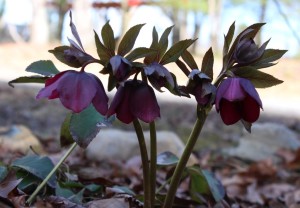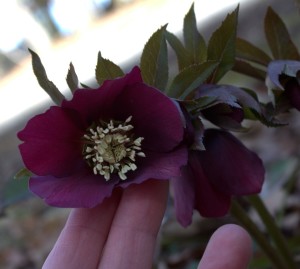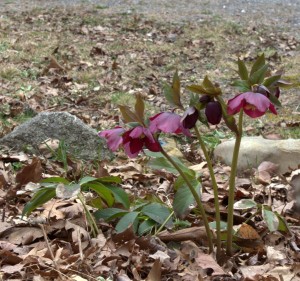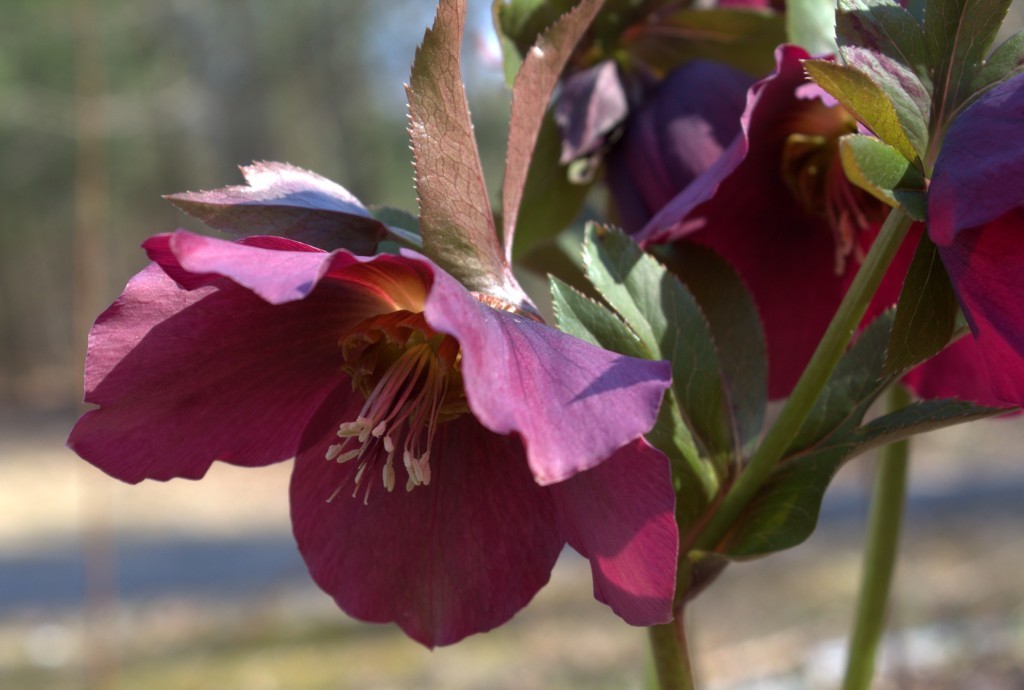Shenk’s Ferry was spectacular the third week of April. I’m thrilled I made it there this Spring flowering season. It’s a bit of a drive to get there from the mountains, but definitely worth the effort.
I was just as excited to read that the property was transferred from PPL to the Lancaster Conservancy as of 2014. We’re hoping it will remain in its present state for generations to come!
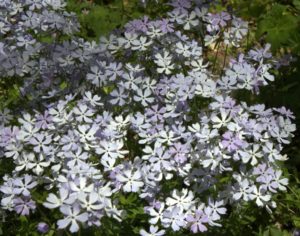
Getting to Shenk’s Ferry has been a little exciting in years past. If you’ve got a truck or another vehicle with a higher clearance that would be the vehicle to take there. The road leading to the entrance of the Wildflower Preserve was in better shape this time than past years where you worried that the car would bottom out on the deep ruts in the dirt road. You could see where somebody had some fun off-roading creating those ruts!
Shenk’s Ferry Road will lead you to Green Hill Road which leads downhill to the preserve. It’s a dirt road that lies at the bottom of several hills that drain Lancaster County as rain water rushes down into the Susquehanna River.
It appeared that recent work had been done on the road, but just go slow and you’ll be fine. Through the tunnel and bear left and keep going to the entrance. Park along the road.
Stop at the sign at the entrance to check the trail map and see some photos of the flora you might be able to see.
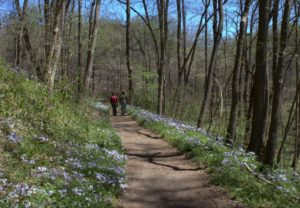
The trail is wide enough in most spots for a couple to walk hand-in-hand. Be watchful for
